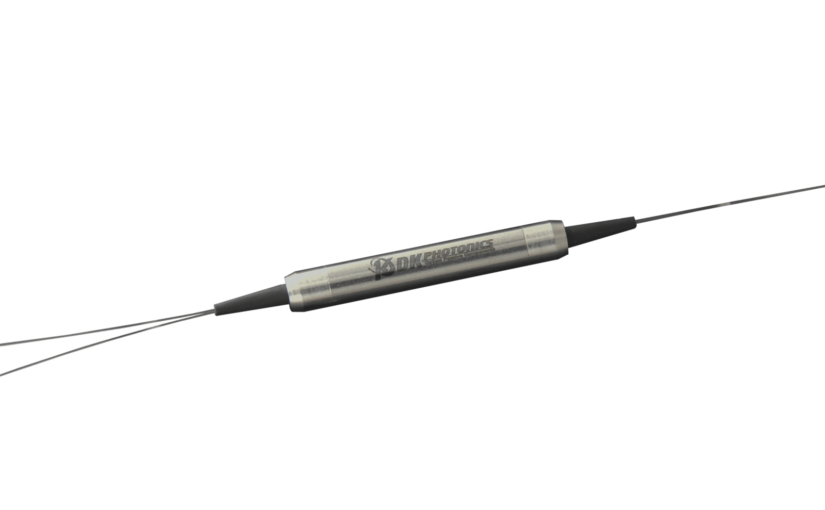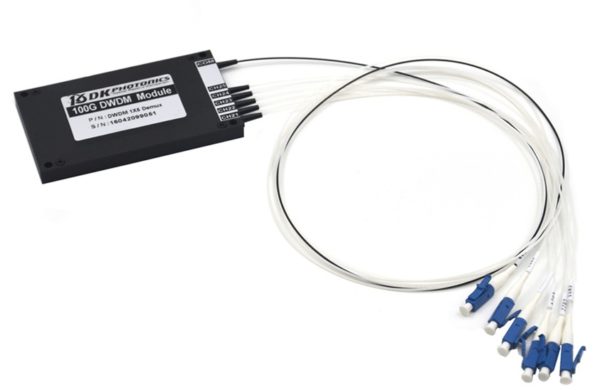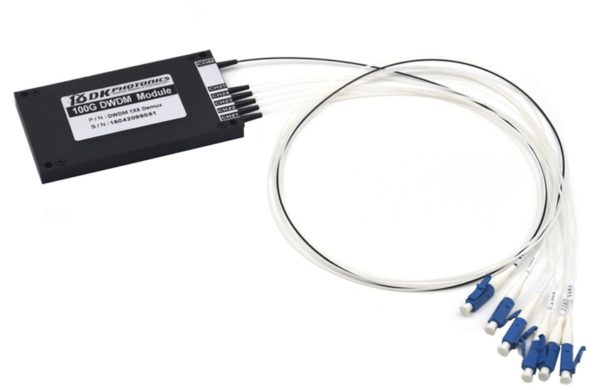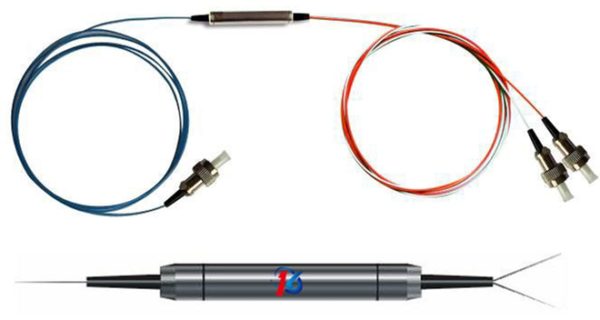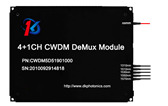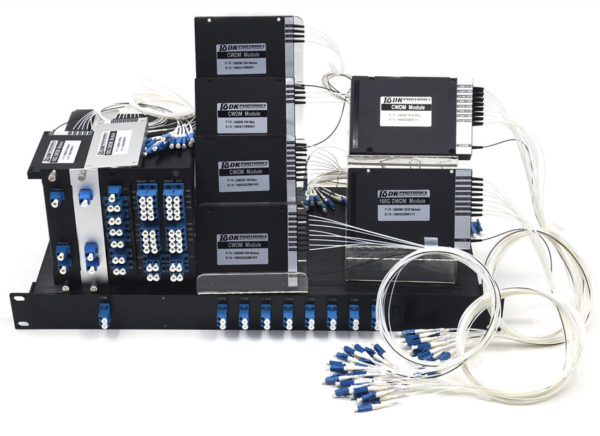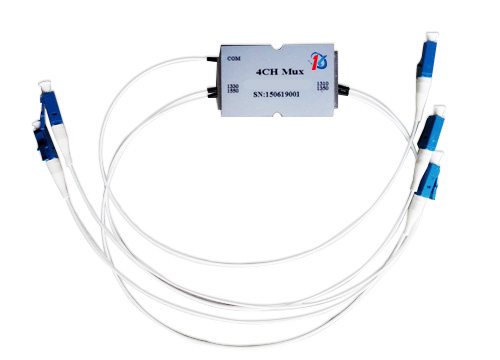In the world of optical fiber communication, DWDM Mux/Demux technology plays a crucial role in maximizing the capacity and efficiency of data transmission. Let’s delve into what DWDM Mux/Demux is and how it revolutionizes telecommunications.
What is DWDM Mux/Demux?
DWDM stands for Dense Wavelength Division Multiplexing. It’s a technology used to combine multiple optical signals onto a single optical fiber by using different wavelengths of light. Mux/Demux, short for Multiplexer/Demultiplexer, are key components of DWDM systems.
Multiplexer (Mux):
The Mux part of DWDM technology combines multiple optical signals from different sources onto a single optical fiber. Each signal is assigned a specific wavelength, allowing them to coexist without interfering with each other.
Demultiplexer (Demux):
On the receiving end, the Demux separates the combined signals back into their original wavelengths, allowing each signal to be directed to its intended destination.
How Does DWDM Mux/Demux Work?
- Wavelength Separation: Each input signal is assigned a specific wavelength of light.
- Combining Signals: The Multiplexer combines these signals onto a single fiber by utilizing the unique properties of each wavelength.
- Transmission: The combined signals travel through the fiber optic network.
- Demultiplexing: At the receiving end, the Demultiplexer separates the signals based on their wavelengths.
- Routing Signals: Each demultiplexed signal is then directed to its designated destination.
Benefits of DWDM Mux/Demux:
- Increased Capacity: By utilizing different wavelengths, DWDM significantly increases the capacity of optical fiber networks.
- Efficiency: It allows multiple signals to be transmitted simultaneously, optimizing bandwidth usage.
- Cost-Effectiveness: DWDM reduces the need for additional fibers, saving on infrastructure costs.
- Long-Distance Transmission: It enables data transmission over longer distances without signal degradation.
Applications of DWDM Mux/Demux:
- Telecommunications: Used in long-haul and metro networks for high-speed data transmission.
- Internet Backbone: Backbone networks utilize DWDM to handle large volumes of data traffic.
- Data Centers: Enables efficient connectivity between servers and storage devices.
In conclusion, DWDM Mux/Demux technology is a cornerstone of modern telecommunications, enabling high-capacity, efficient, and cost-effective data transmission over optical fiber networks.
